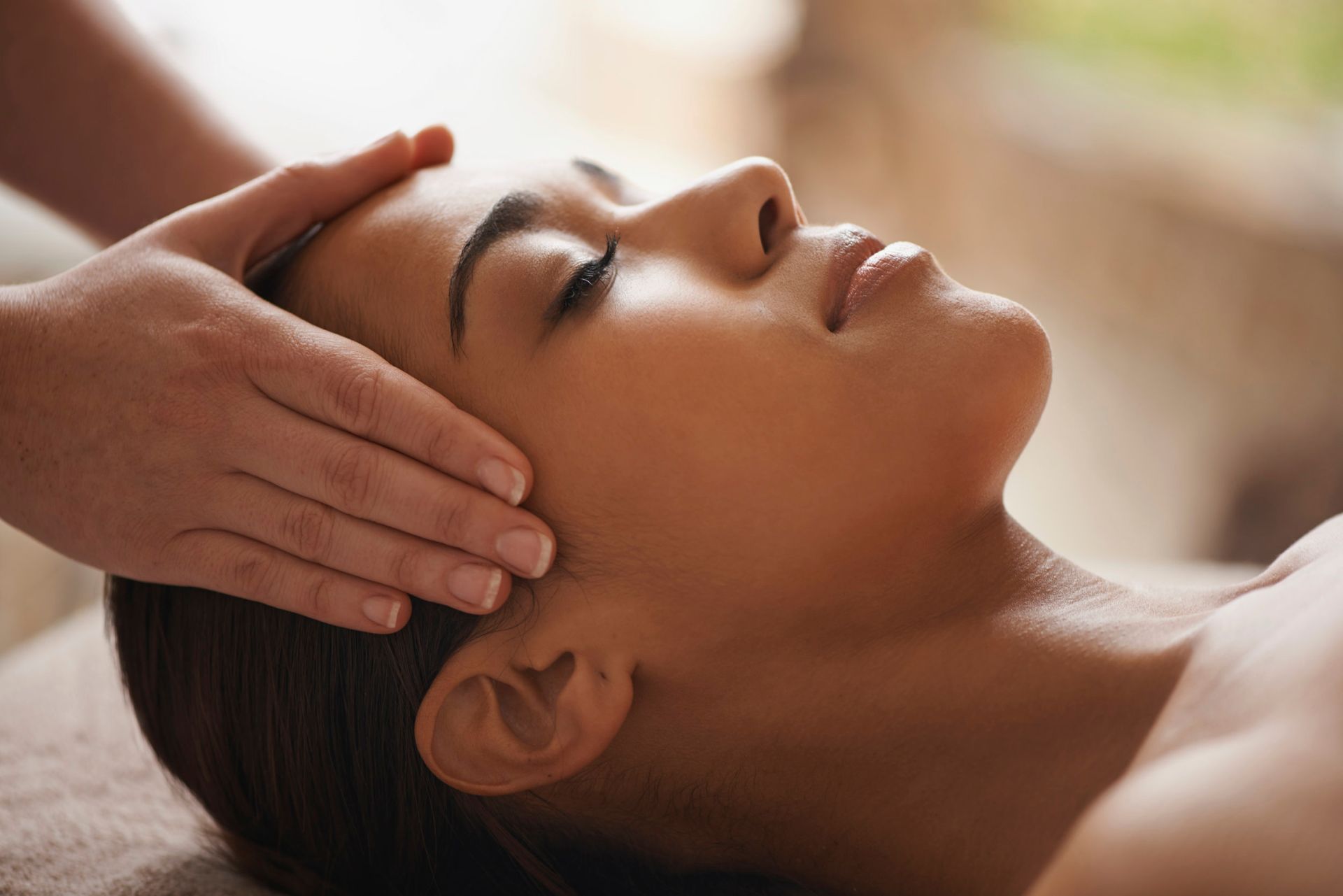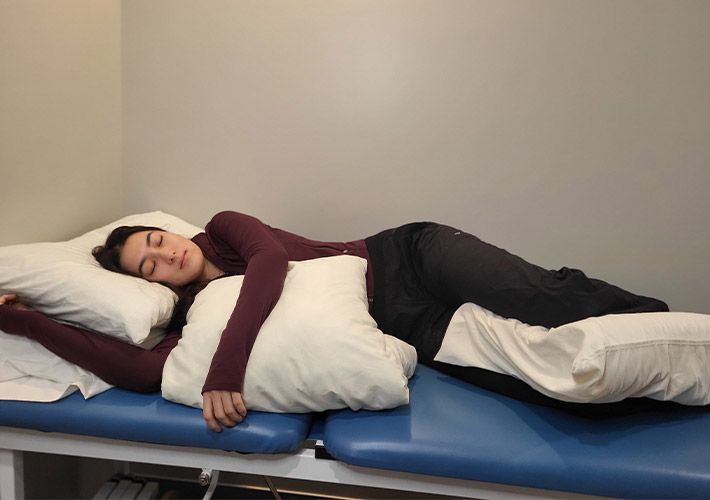10 Things You Didn’t Know About Cranial Sacral Massage

Cranial Sacral Massage (CSM) is a therapeutic technique that offers a unique approach to enhancing overall health. If you’ve never heard of it, or are curious to learn more, here are ten things you probably didn’t know about this fascinating therapy.
1. It Targets the Central Nervous System
Cranial Sacral Massage focuses on the soft tissues and fluids surrounding the brain and spinal cord. By applying light pressure, practitioners can influence the flow of cerebrospinal fluid, which in turn helps to improve the function of the central nervous system.
2. It’s More Than Just a Head Massage
While the name might suggest that it’s all about the head, CSM actually involves gentle manipulation of the entire craniosacral system, which includes the head, neck, and spine all the way down to a triangle shaped bone at the end of your spine called the sacrum. This approach aims to release tension and improve the body’s natural healing processes.
3. Its Roots Date Back to the Early 20th Century
The foundations of Cranial Sacral Massage were laid in the early 1900s by Dr. William Sutherland, an osteopathic physician. He believed that the subtle movements of the cranial bones were crucial to overall health—a theory that later evolved into the practice of Cranial Sacral Therapy.
4. It Was Further Developed in the 1970s
Dr. John Upledger, another osteopathic physician, expanded on Sutherland’s work in the 1970s. He conducted research that led to the development of modern Cranial Sacral Therapy, which is now widely recognized as an effective treatment for various conditions.
5. It’s Gentle and Non-Invasive
One of the most appealing aspects of Cranial Sacral Massage is its gentle nature. The pressure applied during a session is often no more than the weight of a nickel, making it a safe and non-invasive option for people of all ages.
6. It Can Help with Headaches and Migraines
If you suffer from frequent headaches or migraines, CSM may offer relief. By releasing tension in the craniosacral system, this therapy can reduce the severity and frequency of headaches.
7. It’s Beneficial for Chronic Pain
Cranial Sacral Massage has been found to alleviate chronic pain conditions, such as fibromyalgia. By improving the function of the central nervous system, CSM helps to reduce pain and improve quality of life.
8. It Promotes Relaxation
CSM is an excellent option for those dealing with stress or anxiety. The gentle touch used during a session promotes deep relaxation, helping to calm the nervous system and reduce overall stress levels.
9. It Can Improve Sleep
If you’re struggling with sleep disorders, CSM might be worth exploring. This therapy can help improve sleep quality by balancing the sleep-wake cycle and calming the nervous system.
10. You Can Experience It at Peak Performance
At Peak Performance in Buffalo, NY, our skilled practitioners are trained in the latest Cranial Sacral Massage techniques. Whether you’re dealing with chronic pain, stress, or simply want to improve your overall wellness, we’re here to help. Contact us today to schedule an appointment and discover the benefits of Cranial Sacral Massage for yourself












